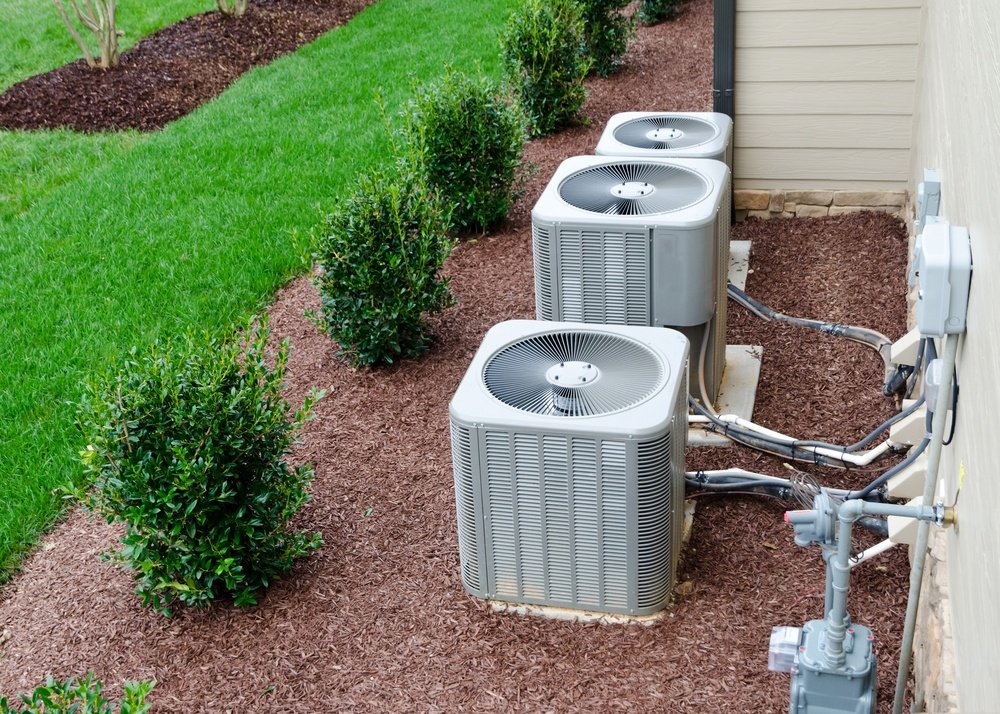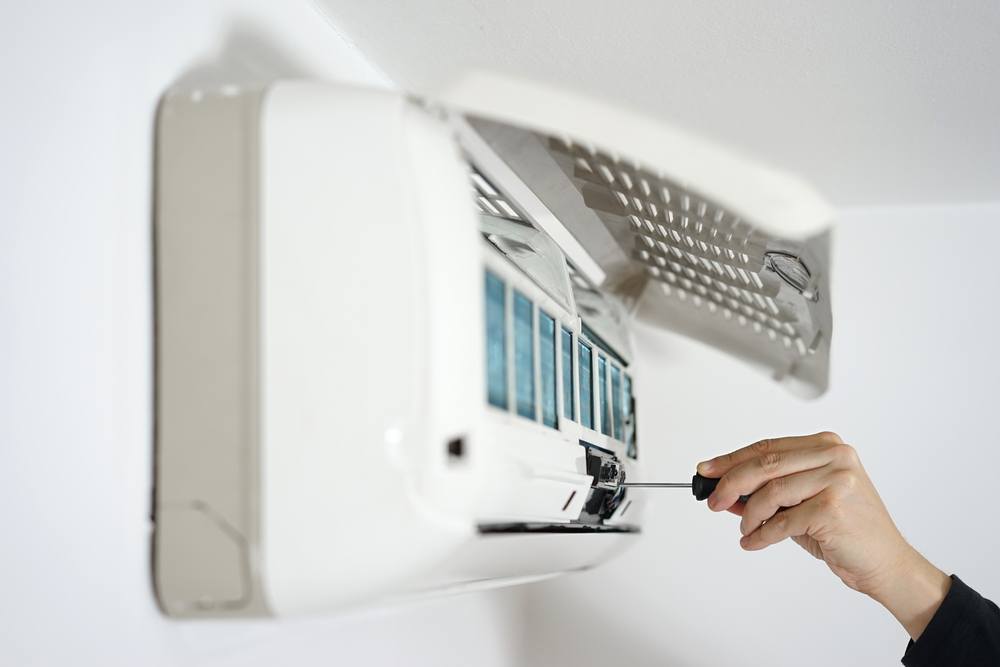Do You Understand Your Air Conditioner’s Energy Efficiency Ratio?

Having an air conditioner can be wonderful, and if you live in a hot area it’s practically essential—but it can also be a bit of a pain if it winds up costing you more than you planned. That’s what happens when your air conditioner stops working efficiently, though—it begins to suck up more power than it should, which means that your electricity bills become surprisingly high.
If you want to avoid a nasty shock next time your utility bills come in, you have a few options. You could put in a fake thermostat and hope to trick your brain into thinking the temperature is changing… but maybe something more practical would work better. You might try doing a bit of research so that you can understand your air conditioner’s efficiency ratio. Confused already? Not to worry; that’s why we’re here.
The Energy Efficiency Ratio
Your air conditioner’s energy efficiency ratio basically tells you how many thermal units of power are used for each watt of power drawn by the machine. We’ll get into what that means a bit more thoroughly in just a moment, but to start with, it’s important that you understand that different kinds of air conditioners actually have different efficiency ratios. For example, a room air conditioner uses an EER, or Energy Efficiency Ratio—while a central air conditioner uses something called a Seasonal Energy Efficiency Ratio (SEER).
All new air conditioning units should come with an Energy Guide Label that lists these ratings. These should always be located in a highly visible place. In order to better understand the ratings, we’re going to focus specifically on room air conditioners and their EERs.

Room Air Conditioners and EERs.
A room air conditioner is intended to cool off a single room or enclosed space (as opposed to central air conditioners that pump air through an entire building). This allows people with room air conditioners to limit their energy usage, and only cool off the room they’re in as opposed to an entire structure, the rest of which might well be empty. To determine the EER for a room air conditioner, the British Thermal Units (BTU) it uses are divided by its wattage. A 12,000 BTU air conditioner with a wattage of 1,100 would therefore have an EER of 10.9. The higher the EER, the more efficient you can expect the unit to be.
As a general rule, a room air conditioner needs 20 BTU per square foot of space in the room it’s meant to cool. However, it’s important to consider the other factors that can affect this formula. Room height, natural lighting, the number and size of windows, and the local climate can all have an impact. You’ll also want to make absolutely sure to be aware of your home’s power capacity, so that you can find a room air conditioner that’s appropriate for it. There’s no point purchasing an air conditioner your home can’t handle.
Learning to understand your air conditioner’s energy efficiency ratio will help you purchase more effective air conditioners for your own spaces, saving you money and helping you stay cool when it counts. As usual, a little planning goes a long way.


